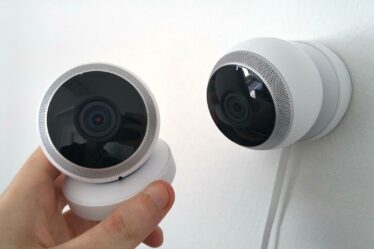Pressure sensors measure the pressure of liquids or gasses. These helpful tools are used in a variety of different verticals from automotive to medicinal and there are an array of distinct types on the market.
We’ll look at what pressure sensors are and highlight the main facts you should know about them.
With that said, let’s take a closer look at what pressure sensors are and break down their key functions.
What is a pressure sensor?
As mentioned, pressure sensors are devices designed specifically to measure pressure in chosen liquids and gases. These sensors typically act to generate an electrical signal as pressure is applied.
However, this is a very simplified definition. After all, pressure sensors vary a lot across industries and use cases. One of the most well-known uses is measuring pressure in fluids like liquids and gases. Alternatively you can use pressure sensors to measure the thickness of materials, high-speed changes in pressure, or even the weight of objects by using a load cell.
It is important to note that there are different types of pressure, with specialised pressure sensors designed to measure each. These types are:
- Gauge pressure
- Absolute pressure
- Vacuum pressure
- Sealed pressure
- Differential pressure
Conclusion
In conclusion, pressure sensors are very helpful when it comes to measuring pressure in various different industries. There are also several advantages and disadvantages depending on the type and industry you’re applying one to. To achieve optimal results, you need to ensure you select the right one for your specific needs. For example, optical sensors are ideal when working in remote or extreme environments, while piezoresistive sensors are best for general use.

